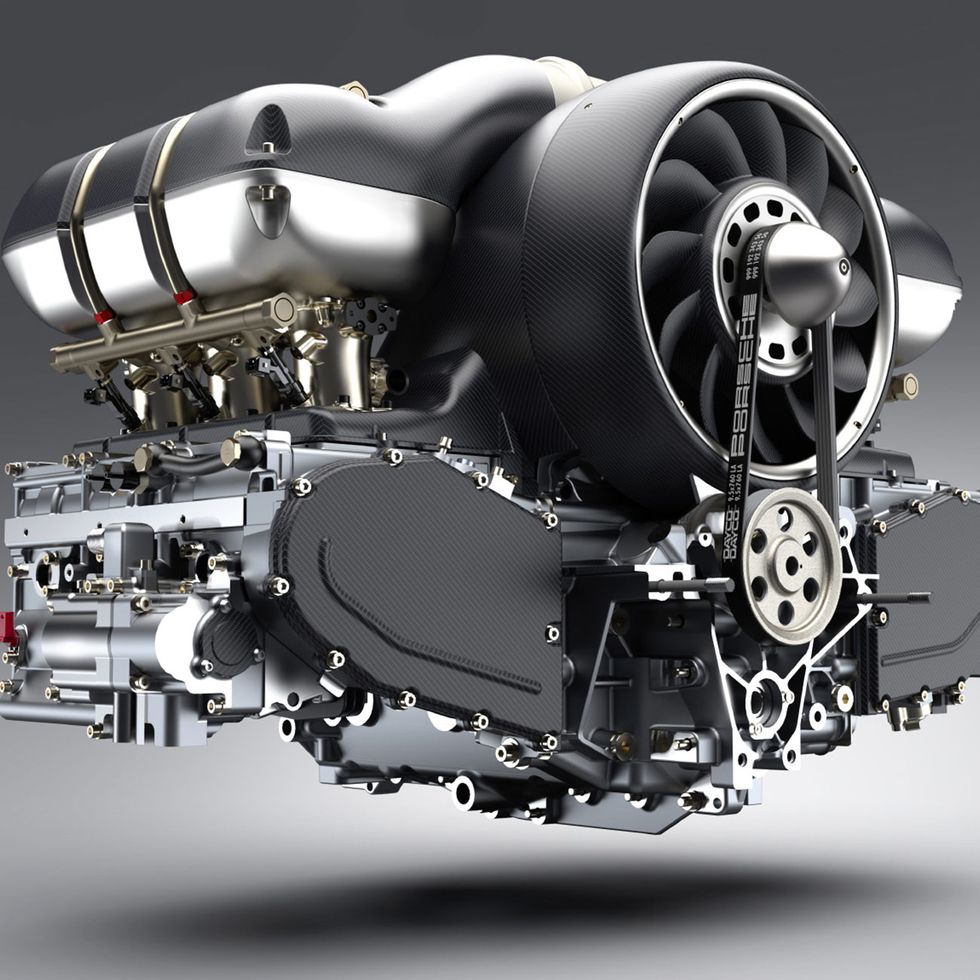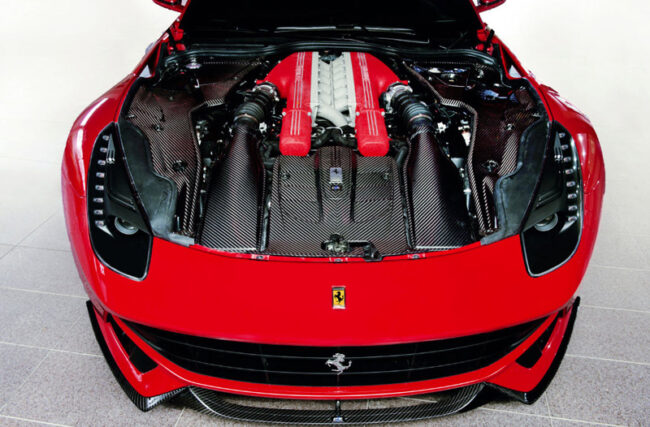
Internal Combustion Engine
Today we are talking about a bit about different types of cars, and some brief knowledge behind different types of them.
Cars can be running around due to the fact that there is a power source providing energy to rotate the wheels. The majority power sources in modern cars are either an engine in an internal combustion engine (ICE) or battery in an electric vehicle (EV).
An ICE is a device that burns fuel to generate power for the car to run, fuels can be different types of fossil fuels including but not limited to petroleum, diesel and liquid petroleum gas (LPG). An engine is divided into different components including fuel injection, combustion site and waste gas disposure. The whole process is fuel being pumped and injected into the main component of engine (cylinder and piston) via fuel pump and fuel pipes, the fuel will then be injected into the confined space in the cylinder where the piston is being pushed to have minimal space inside cylinder. The spark plug in each cylinder will then generate a spark to burn the fuel with the air inside which generates power to push the piston which will then push the shank craft to transmit power through the power chain to the wheels. the cylinder size and quantity would differ in the power output. After the explosion, the piston will push back into the position and the waste gas after explosion will be expelled out from the cylinder into the exhaust manifold and then goes through the exhaust system. Different type of fuels will affect the combustion that happens in the cylinder and different size and configuration will affect the power and efficiency too, we will talk about it in the future posts.
Electric vehicle (EV) is another type of vehicle and it is becoming the most on demand type due to government policies and the increase of fuel prices. The main types of EV in the market are not battery electric vehicle (BEV) and plug-in hybrid electric vehicle (PHEV). EV is a type of vehicle that turns electric power in a battery into the energy that moves the car. In this case, the device that runs the car is the motor(s) that rotates the wheel. EV are more environmental friendly because the process of generating kinetic energy for the car does not involve combustion which produces waste gases and does not require the use of fuel. The range and power of an EV depends on the size of battery and the efficiency of the motors and the aerodynamics design of the car. EV was not a popular choice because of the limitation of charging facilities and charging speed but the technology is slowly overcoming the problem caused by this. We will have a detailed touch on charging later.
Both ICE and EV still have the same kind of exterior of the car, it will still require proper maintenance and protection. Please do not hesitate to contact us for any car care enquires.





